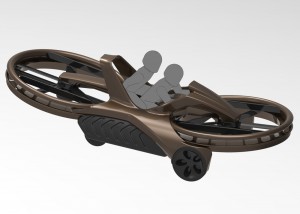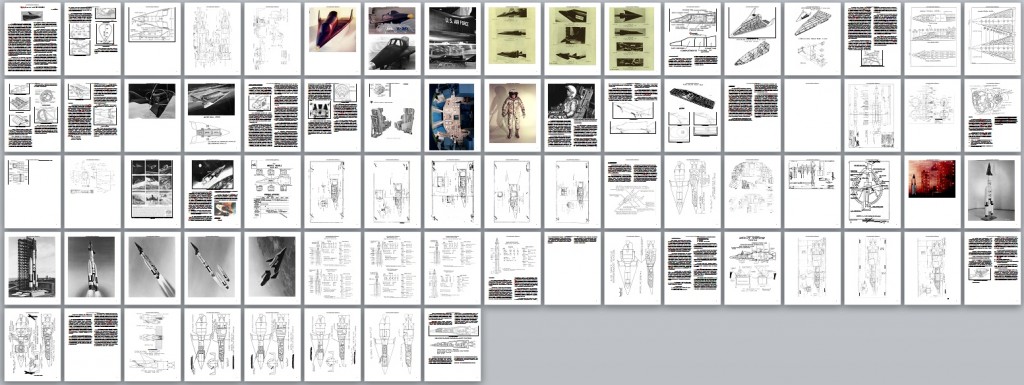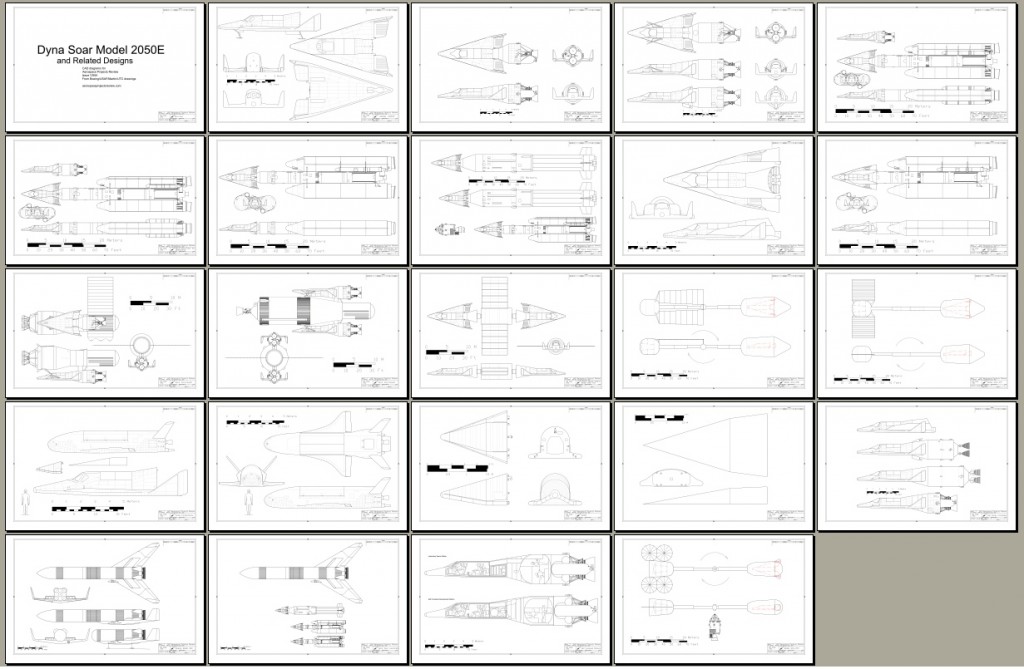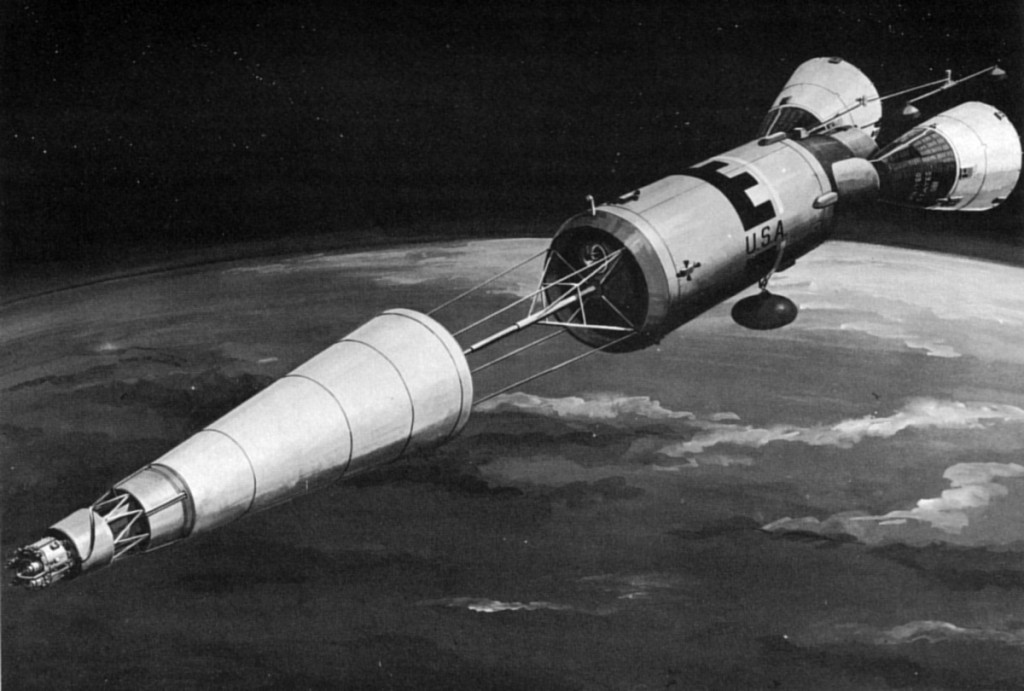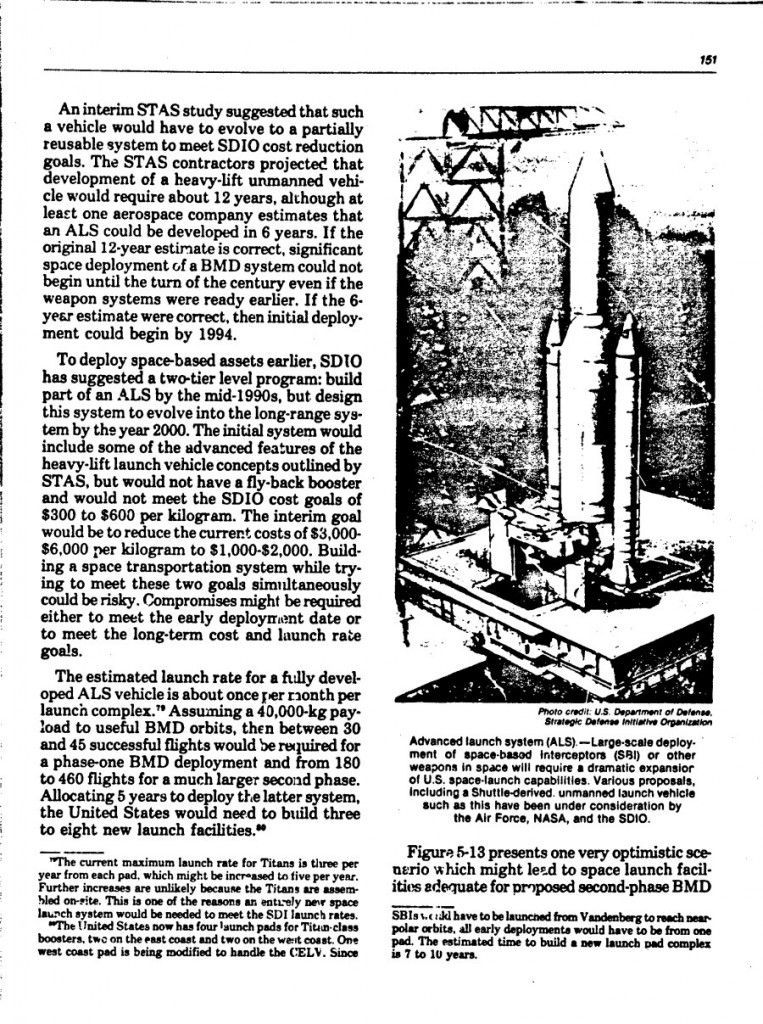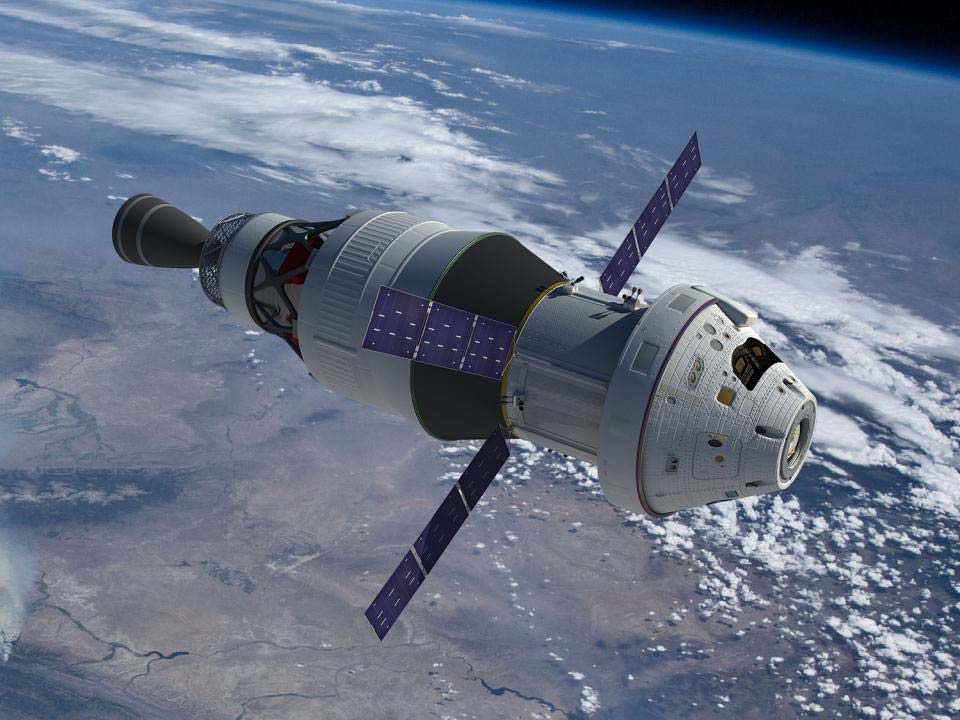I know nothing of this company apart from what’s on the website. They’ve built some sort of prototype that seems capable of hovering and forward motion while in ground effect; that’s a good start, but far from what’s really needed for a truly practical flying motorbike (though it appears that what they’re currently working on is essentially a ground-hugging hovercraft-like vehicle, not a free-flyer). Note that the videos on the website also have the sound shut off, possibly because the prototype is probably loud enough to give bystanders brain damage.
I admit to being somewhat stumped about the utility of the thing if it can’t fly freely. Seems an expensive way to build something that could be done better by a standard ATV. On the other hand, if a future version is powerful enough to fly freely – and almost certainly controlled almost entirely by computer – I can see a lot of interest in such a thing.
